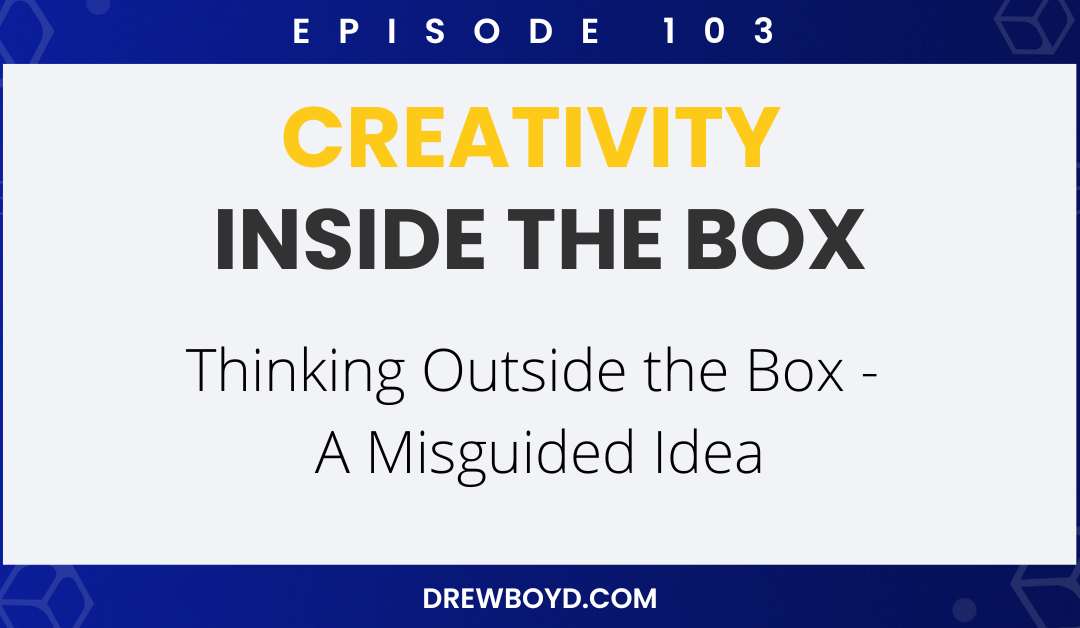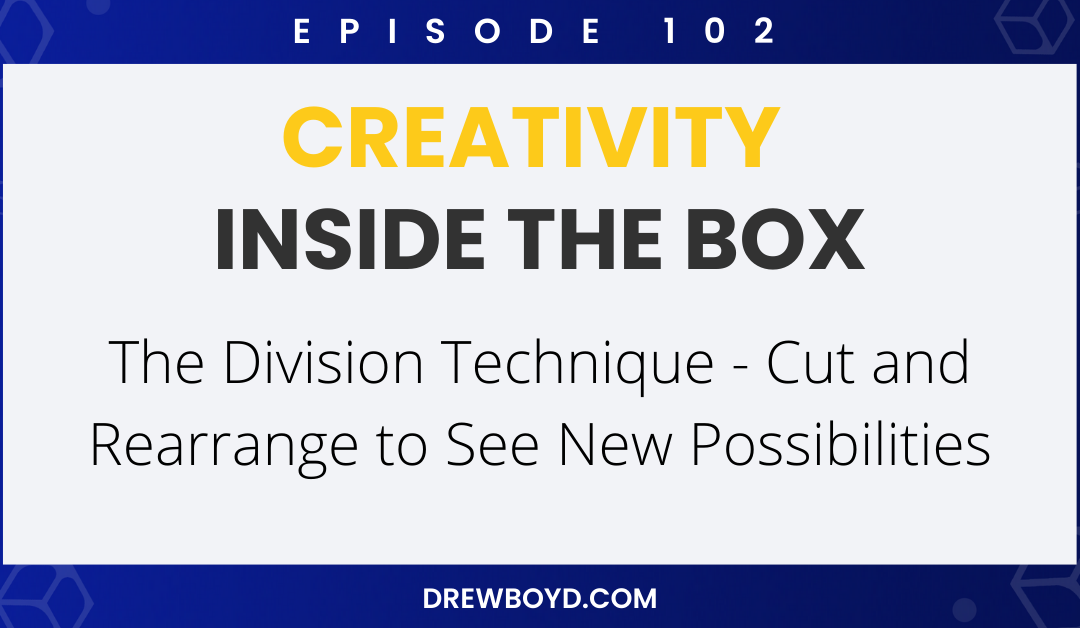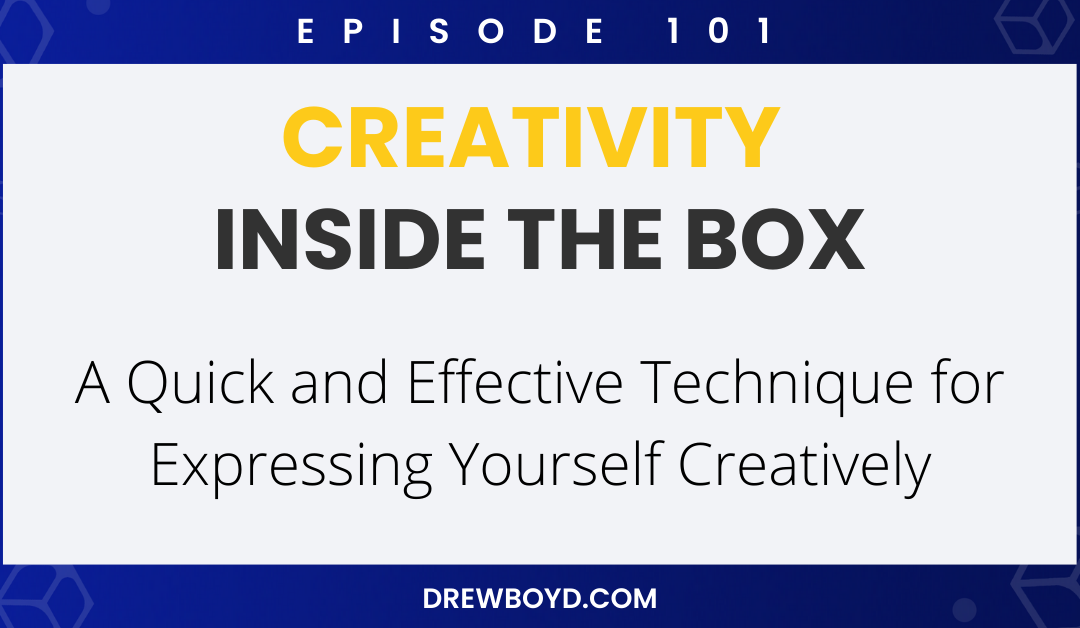Airline service innovation seems like an oxymoron considering the industry’s reputation for low quality. But the industry is fighting back to improve its image. Companies that specialize in inflight entertainment as well as airframe manufacturers are accelerating the use of new technologies to deliver more value in the air. That’s good news for an industry that has focused way too long on cost-cutting. The next battle for supremacy will be won by airlines and aviation companies that innovate services across the experiential “journey” in a sustained way. For this month’s LAB, we will create new-to-the-world concepts for the inflight service experience using the S.I.T. tool set.
We begin by creating a list of the components of the product or service. We select a component and we further break it down to its sub-components or attributes that we can focus on. We then apply a tool to that component to change it in some way. This creates the Virtual Product. Working backwards (“Function Follows Form”), we envision potential benefits of the modified service to both the customer and the company.
Here is a list of components:
• flight attendant
• galleys
• seats
• aisle
• windows
• doors
• overhead bins
• overhead lights
• carts
• beverages
• snacks
• meals
• magazines
• movie
• entertainment unit
• safety briefing
• lavatory
Here are some concepts using four of the S.I.T. tools. Some of these concepts come from a group of my students taking the “Innovation Tools” course at the University of Cincinnati.
1. Multiplication: Making a copy of a component but changing it in a way initially thought useless or redundant
- Virtual Product: The overhead bins are copied and the second copy is placed under the feet of each passenger.
- Concept: The bins are embedded into the floor almost like a spare tire is in the trunk of your car.
- Potential Benefits: Easier access to personal items; more carry on space; easier to store rather than lifting heavy items in the overhead bins.
2. Division: Dividing a product or component either physically, functionally, or preserving (maintaining characteristics of the whole)
- Virtual Product: The bins are divided out of the cabin and placed on the ground or jetway.
- Concept: The bins sit in the boarding jetway so that passengers can put carry on items in the bins while outside the aircraft. The bins are loaded into the overhead compartments via a conveyor system and sequenced in a way that matches where the passenger is sitting. As passengers come off the aircraft, the roller bins are pulled off in sequence so that passengers grab the item as they walk off the plane.
- Potential Benefits: Easier and faster to load and unload carry on luggage; more on time departures; faster passenger loading and unloading.
3. Task Unification: Assigning an additional task to an existing resource, preferably on not originally thought to be related to the task
- Virtual Product: The entertainment unit has the additional job of communicating passenger requests to flight attendants and airline ticketing or reservations agents.
- Concept: The back-of-seat display units on aircraft are given the functionality of allowing passengers to place food and beverage requests; passengers can access current flight bookings and make new bookings on that airline; passengers can check status of connecting flights and gate information.
- Potential Benefits: more efficient flight attendant service; better handling of passengers; increased revenue
4. Attribute Dependency: Creating (or breaking) dependencies between two internal attributes or an internal and external attribute.
- Virtual Product: The seat’s leg room varies with the size of the person. The internal attribute, leg room, is connected to the external attribute, passenger height (long legs yields more leg room).
- Concept: This concept reminds me of the automatic formatting function with Microsoft Word or Excel where you select “AutoFit to Contents” so that columns automatically adjust depending on what is in that cell. In this application, seats would adjust much like a car seat (up or back) so that people with short legs use less room which is then taken up by people with longer legs in other cabin rows.
- Potential Benefits: More passenger comfort. This is not be practical in a form where the flight attendant hits a button to automatically adjust the seats as people sit in them. However, it could work if just the three seats (in a three seat configuration) were staggered so that tall people sat on the window, medium people sat in the middle, and short people sat on the aisle. The number of total seats doesn’t change. The seat assignments are given based on the person’s height.




